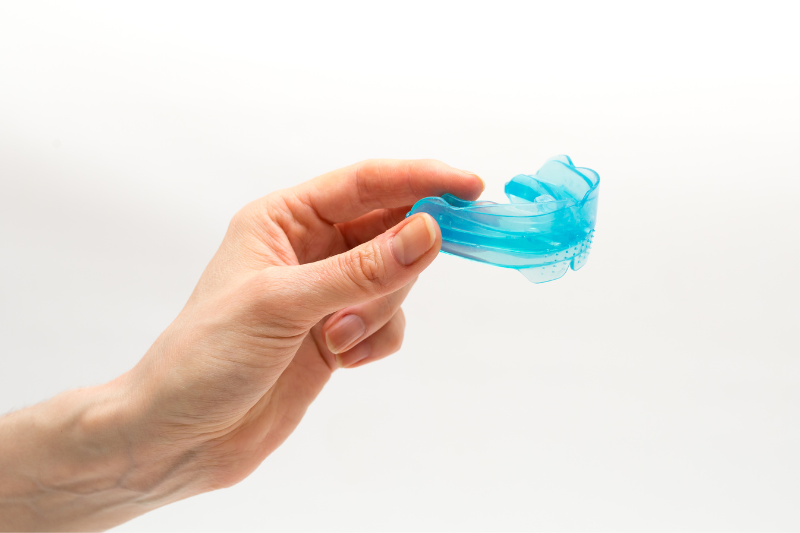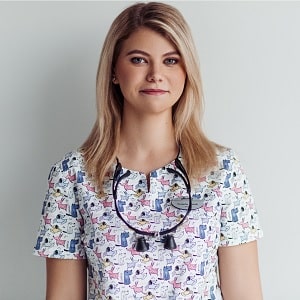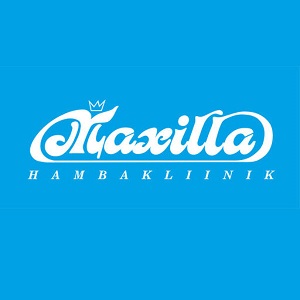MYOFUNCTIONAL THERAPY
Modern research has shown that crowded teeth and poor jaw development are often not due to hereditary factors, but to myofunctional disorders. Myofunctional disorder manifests itself in the incorrect position and dysfunction of the facial and oral musculature.
Parents often ignore the first signs of myofunctional disorders, which in turn leads to various dental problems later in life.
By focusing on treating myofunctional disorders in childhood, it is possible to prevent many orthodontic, facial and jaw-related, and occlusion problems.
What is a myofunctional disorder?
A myofunctional disorder is a condition that affects the function and development of the mouth and facial muscles (including the tongue, lips, and jaw). This means that the coordination and use of these muscles is not in the right balance. This can cause a variety of problems, such as improper swallowing, incorrect tongue position at rest, mouth breathing, malocclusion, and even speech disorders.
Myofunctional disorders can also affect orthodontic treatment, as incorrect muscle patterns can prevent teeth from remaining in the correct position after treatment. These disorders can often be corrected with special exercises and therapy guided by a myofunctional therapist.
Myofunctional disorders can cause the following health problems, among others:
- Dry lips and mouth
- Snoring or open mouth while sleeping
- Several respiratory illnesses, including sinusitis, ear infections, and colds
- Obstructive sleep apnea
- Headache, neck pain and migraine
- Chronic bad breath
- Swollen and red gums
- Clenching and grinding of teeth
- Increased risk of caries
- Orthodontic problems
How to recognize myofunctional disorders in children?
Have you noticed that your child sleeps with his mouth open and snores a little, or have you noticed that your child is worried about constant headaches, drowsiness, and difficulty concentrating?
If so, these symptoms may indicate poor oral muscle tone and myofunctional disorders. This, in turn, can cause problems in the temporomandibular joints, malocclusion, facial asymmetry, as well as poor posture and headaches.
As a result of myofunctional problems, the child begins to breathe through the mouth more and more often, which over time leads to a weakening of the tone of their oral muscles. Keeping the lips closed becomes increasingly difficult and air filtration through the nose no longer occurs. Mouth breathing causes bacteria to enter the oral cavity directly, causing tooth decay, frequent colds, otitis media, and enlarged adenoids.
All of these problems can be solved or prevented with myofunctional therapy.

What symptoms indicate myofunctional disorders?
- Mouth breathing
- Teeth grinding
- Atypical swallowing pattern
- Weak lip tone
- Occlusion problems
- Tension/pain in facial and neck muscles
- Thumb/lip or cheek sucking
- Nail biting
What is myofunctional therapy and its purpose?
Myofunctional therapy is a treatment aimed at improving the function of the muscles of the face and mouth. Balanced muscle work ensures the correct resting position of the mouth and tongue and the swallowing pattern, which play an important role in the development of the facial skull, upper respiratory tract, and dentition.
The goal of treatment is to:
- Develop the habit of breathing through the nose;
- Eliminate bad habits related to the mouth;
- Correct the functioning of the tongue;
- Correct the swallowing pattern.
What is myofunctional therapy?
Myofunctional therapy is the restoration of normal physiological movements of the facial muscles. The main symptom that indicates that something may be wrong with the myofunctional system is breathing through the mouth instead of the nose, or combined nose-mouth breathing.
Characteristic symptoms are also considered: grimacing when swallowing, increased salivation, and a protruding tongue that presses on the teeth or in between the teeth when swallowing. Bad habits can also lead to the development of myofunctional problems. For example, sucking a pacifier for too long, chewing nails, grinding teeth, the habit of sucking the thumb, sucking the lips or cheeks between one’s teeth, and other habitual behavioral patterns.
When to see a myofunctional therapist?
- If the above symptoms occur;
- Bad oral habits (using a bottle/pacifier for too long, sucking the thumb/a finger for too long, etc.);
- Pain in the chewing muscles or neck area;
- Before/after ankyloglossia correction surgery
- Before/after tonsil or adenoid removal surgery.
How does myofunctional therapy work?
Myofunctional gymnastics relieves tension in the muscles of the lips and cheeks. Disorders of the muscles of the oral cavity are the cause of several general physical problems. The most common of these are malocclusion, improper jaw development, facial asymmetry, poor posture, headaches, and snoring.
The job of a myofunctional specialist is to teach the patient proper oral movement habits. The goal of special exercises is to restore proper muscle tone in the mouth, face, and neck. As a rule, a myofunctional therapist works with many specialists – ear, nose and throat doctors, speech therapists, and osteopaths. But most often, myofunctional therapists work with orthodontists to improve and accelerate orthodontic treatment and prevent problems from recurring in the future.
Myofunctional therapy with Myobrace braces
Myobrace is a brace system that is custom-made for each patient in collaboration with a myofunctional therapist.
The treatment plan consists of wearing braces and special exercises designed to correct bad habits while simultaneously treating developmental disorders of the upper and lower jaw.
Braces correct the bad habits that cause malocclusion, while also having the effect of expanding the upper jaw and guiding the teeth into the correct position.
Treatment with Myobrace braces lasts an average of 1.5 to 2 years. During treatment, the child may need 1-4 braces. Appointments with the dentist take place every 1-2 months.
During visits, the condition of the teeth and gums is also checked. If treatment is needed, repeat appointments are scheduled.

Myofunctional therapy in Maxilla
Early diagnosis of myofunctional disorders helps prevent many problems and ensures the child has adequate sleep, a healthy lifestyle, and a beautiful smile. So it is important to come to the appointment on time. The optimal age for the initial visit to myofunctional specialists is from 4-5 years of age.
The success of myofunctional therapy lies in consistency. The therapist will prepare a treatment plan for the patient consisting of different treatment cycles. For treatment to be successful, good cooperation between the therapist, patient, and parents is necessary.

